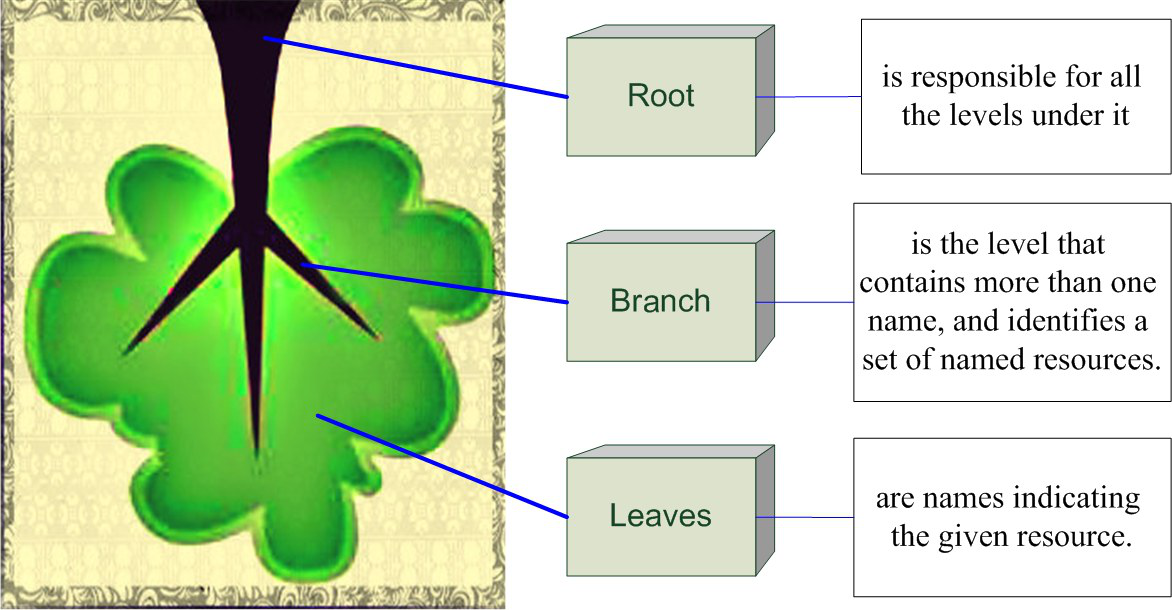Many people know and love Dnsmasq and rely on it for their local name services. Today we look at advanced configuration file management, how to test your configurations, some basic security, DNS wildcards, speedy DNS configuration, and some other tips and tricks. Next week, we’ll continue with a detailed look at how to configure DNS and DHCP.
Testing Configurations
When you’re testing new configurations, you should run Dnsmasq from the command line, rather than as a daemon. This example starts it without launching the daemon, prints command output, and logs all activity:
# dnsmasq --no-daemon --log-queries
dnsmasq: started, version 2.75 cachesize 150
dnsmasq: compile time options: IPv6 GNU-getopt
DBus i18n IDN DHCP DHCPv6 no-Lua TFTP conntrack
ipset auth DNSSEC loop-detect inotify
dnsmasq: reading /etc/resolv.conf
dnsmasq: using nameserver 192.168.0.1#53
dnsmasq: read /etc/hosts - 9 addresses
You can see tons of useful information in this small example, including version, compiled options, system name service files, and its listening address. Ctrl+c stops it. By default, Dnsmasq does not have its own log file, so entries are dumped into multiple locations in /var/log. You can use good old grep to find Dnsmasq log entries. This example searches /var/log recursively, prints the line numbers after the filenames, and excludes /var/log/dist-upgrade:
# grep -ir --exclude-dir=dist-upgrade dnsmasq /var/log/
Note the fun grep gotcha with --exclude-dir=: Don’t specify the full path, but just the directory name.
You can give Dnsmasq its own logfile with this command-line option, using whatever file you want:
# dnsmasq --no-daemon --log-queries --log-facility=/var/log/dnsmasq.log
Or enter it in your Dnsmasq configuration file as log-facility=/var/log/dnsmasq.log.
Configuration Files
Dnsmasq is configured in /etc/dnsmasq.conf. Your Linux distribution may also use /etc/default/dnsmasq, /etc/dnsmasq.d/, and /etc/dnsmasq.d-available/. (No, there cannot be a universal method, as that is against the will of the Linux Cat Herd Ruling Cabal.) You have a fair bit of flexibility to organize your Dnsmasq configuration in a way that pleases you.
/etc/dnsmasq.conf is the grandmother as well as the boss. Dnsmasq reads it first at startup. /etc/dnsmasq.conf can call other configuration files with the conf-file= option, for example conf-file=/etc/dnsmasqextrastuff.conf, and directories with the conf-dir= option, e.g. conf-dir=/etc/dnsmasq.d.
Whenever you make a change in a configuration file, you must restart Dnsmasq.
You may include or exclude configuration files by extension. The asterisk means include, and the absence of the asterisk means exclude:
conf-dir=/etc/dnsmasq.d/,*.conf, *.foo
conf-dir=/etc/dnsmasq.d,.old, .bak, .tmp
You may store your host configurations in multiple files with the --addn-hosts= option.
Dnsmasq includes a syntax checker:
$ dnsmasq --test
dnsmasq: syntax check OK.
Useful Configurations
Always include these lines:
domain-needed
bogus-priv
These prevent packets with malformed domain names and packets with private IP addresses from leaving your network.
This limits your name services exclusively to Dnsmasq, and it will not use /etc/resolv.conf or any other system name service files:
no-resolv
Reference other name servers. The first example is for a local private domain. The second and third examples are OpenDNS public servers:
server=/fooxample.com/192.168.0.1
server=208.67.222.222
server=208.67.220.220
Or restrict just local domains while allowing external lookups for other domains. These are answered only from /etc/hosts or DHCP:
local=/mehxample.com/
local=/fooxample.com/
Restrict which network interfaces Dnsmasq listens to:
interface=eth0
interface=wlan1
Dnsmasq, by default, reads and uses /etc/hosts. This is a fabulously fast way to configure a lot of hosts, and the /etc/hosts file only has to exist on the same computer as Dnsmasq. You can make the process even faster by entering only the hostnames in /etc/hosts, and use Dnsmasq to add the domain. /etc/hosts looks like this:
127.0.0.1 localhost
192.168.0.1 host2
192.168.0.2 host3
192.168.0.3 host4
Then add these lines to dnsmasq.conf, using your own domain, of course:
expand-hosts
domain=mehxample.com
Dnsmasq will automatically expand the hostnames to fully qualified domain names, for example, host2 to host2.mehxample.com.
DNS Wildcards
In general, DNS wildcards are not a good practice because they invite abuse. But there are times when they are useful, such as inside the nice protected confines of your LAN. For example, Kubernetes clusters are considerably easier to manage with wildcard DNS, unless you enjoy making DNS entries for your hundreds or thousands of applications. Suppose your Kubernetes domain is mehxample.com; in Dnsmasq a wildcard that resolves all requests to mehxample.com looks like this:
address=/mehxample.com/192.168.0.5
The address to use in this case is the public IP address for your cluster. This answers requests for hosts and subdomains in mehxample.com, except for any that are already configured in DHCP or /etc/hosts.
Next week, we’ll go into more detail on managing DNS and DHCP, including different options for different subnets, and providing authoritative name services.
Additional Resources
Learn more about Linux through the free “Introduction to Linux” course from The Linux Foundation and edX.



